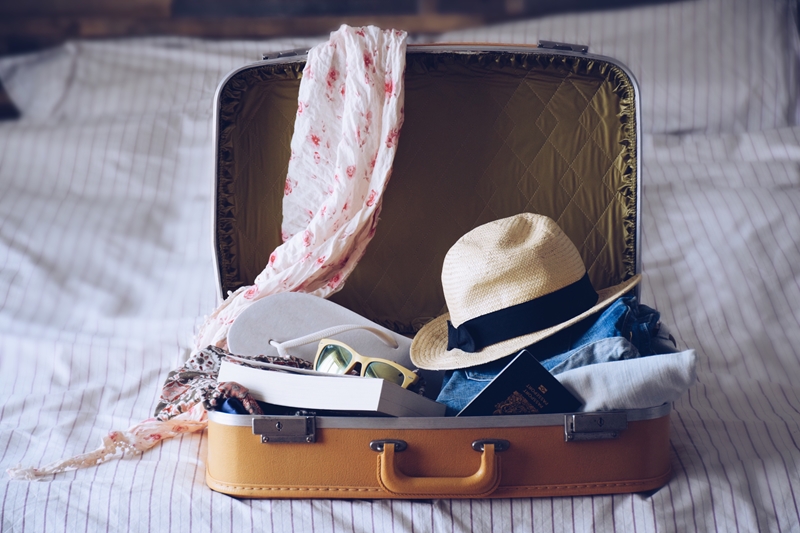Traditionally, travel has been categorized in accordance with the age-old question, one that you still hear at the airline ticket counter with reasonable regularity: "Business or pleasure?" Either you're embarking on a corporate trip to attend a conference or meet with an important and sensitive client, or you're going on vacation to some sun-drenched getaway hotspot to work on a tan and revel in the privilege of earned laziness. But this "tradition" is merely that - something that became part of conventional wisdom because it's simply how people felt they had to divide their travel time.
"So-called 'bleisure' is becoming more and more common among modern business travelers."
However, in recent years this has begun to change. More and more frequently, travelers are finding ways to squeeze work into their vacations, or to spend some leisure time when they have a few spare moments away from their professional obligations while they're on business trips. Today, we'll take a closer look at the ways in which this trend - sometimes called "bleisure;" a malapropism (or portmanteau, depending on your perspective) combining the two travel categories - is spreading and how best you can take advantage of it and enjoy yourself.
The roots of bleisure
There exists no clear and obvious point at which bleisure "became a thing," so to speak. The term, for its part, seems to have entered popular English parlance at some point in 2015, based on the earliest articles citing the word. Professionals finding room for some personal time on their business trips is not, in and of itself, the world's most novel concept, but only recently has bleisure become something that's frequently said.
However, there's no doubt regarding the fact that merging business travel and vacations is far more of a usual and accepted practice than it might have been, say, two decades ago. According to the Boundless Network blog, bleisure trips now account for anywhere between 20 percent and 43 percent of all travel undertaken on companies' time (and dime). Given the size of those figures, it would appear that many businesses have entirely accepted this practice as something they don't frown upon, if not necessarily condone: While 20 percent might not seem like much, ask an older relative sometime if companies were bankrolling their employees' vacations 25 or more years ago, and they may well laugh you out of the room. Back then, it was a lot less common.
 "Bleisure" trips that blend business travel with vacation time are now fairly common.
"Bleisure" trips that blend business travel with vacation time are now fairly common.In fact, there has been some backlash to bleisure being touted as a trend: The Economist, in addition to criticizing the term itself, claimed that attempts to popularize bleisure can be perceived as a flaunting of privilege and wealth, whether or not the traveler in question intends to do that. Generally speaking, the ability to drop some leisure time into a business jaunt isn't something that the average person may be able to enjoy. However, if those who enjoy this activity act courteous and pleasant to all people with whom they interact, there shouldn't be a problem.
Creating the perfect mixture of work and vacation
In order for a bleisure trip to go off without a hitch, careful planning is essential - it won't serve you well to abruptly drop a vacation day in the middle of your corporate-sponsored jaunt on a cheap flight to Florida. According to the TripIt blog, you can schedule business trips so that they extend to a Friday, giving you at least the weekend of extra time to explore the attractions of wherever you may be. Those lucky enough to visit intriguing international destinations for work should try and add at least four days to their expedition, because you don't necessarily know when you'll get the same chance again.
TripIt also recommended monitoring how you pay for bleisure expenses. If you have a company credit card, you probably don't use it enough to accrue frequent-flier miles or rewards points. But if your employers lets you pay some of these costs with your own card and will still reimburse your travel expenses at least in part, then it's wise to take part in travel loyalty programs.
According to Boundless Network, it's ideal to approach aspects of one part of your trip with best practices from the other. For example, even though part of the trip will be a vacation, you should still pack with the mindset of a business trip: Choose versatile outfits - ensembles and shoes that will work in the conference room but also look sharp while you're out on the town. Most importantly, though, whatever you choose to pack, don't take as much of it as you might otherwise. Chances are you won't need it.












